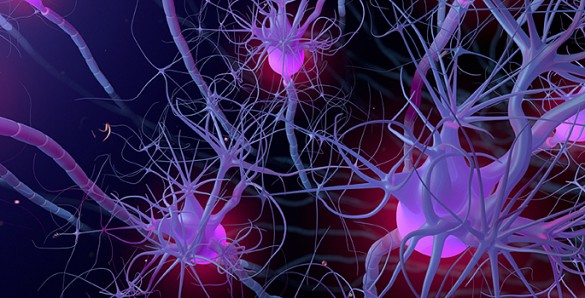A researcher at Vanderbilt University Medical Center, with colleagues from Japan and Oxford University in England, has solved the molecular structure of a mysterious glutamate receptor.
Glutamate is the brain’s major excitatory neurotransmitter. Its receptors, which are located in nerve cell membranes, play important roles in synaptic transmission and brain plasticity, and mediate behaviors ranging from learning and memory to voluntary motor activity.
The discovery, reported last month in the journal Science, eventually could lead to better treatments for disorders as varied as autism spectrum disorder and ataxia, loss of voluntary muscle control.
Most glutamate receptors are ion channels and produce signals via electrically charged ions flowing through them. A subtype, GluD2, is not an ion channel. It had been considered an “orphan” receptor with no known function, although loss of the GluD2 gene has been associated with severe ataxia in humans.
Using a technique called single particle electron microscopy (a methodology closely related to cryo-EM), Terunaga Nakagawa, M.D., Ph.D., associate professor of Molecular Physiology and Biophysics in the Vanderbilt University School of Medicine, showed that GluD2 functions through a “molecular bridge” that spans the synapse, or space between nerve cells.
Single particle EM allows researchers to determine the structure of large, flexible membrane-bound receptors in their natural environments in a way that traditional methods cannot, said Nakagawa, a corresponding author of the paper.
His Oxford colleagues used X-ray crystallography to solve another part of the structure, and researchers at Keio University in Japan verified receptor function with electrophysiology data.
While the researchers studied GluD2 in the cerebellum, the part of the brain involved in motor control, Nakagawa said the discovery has implications for understanding excitatory synaptic transmission by other glutamate receptors and in other parts of the brain.

















